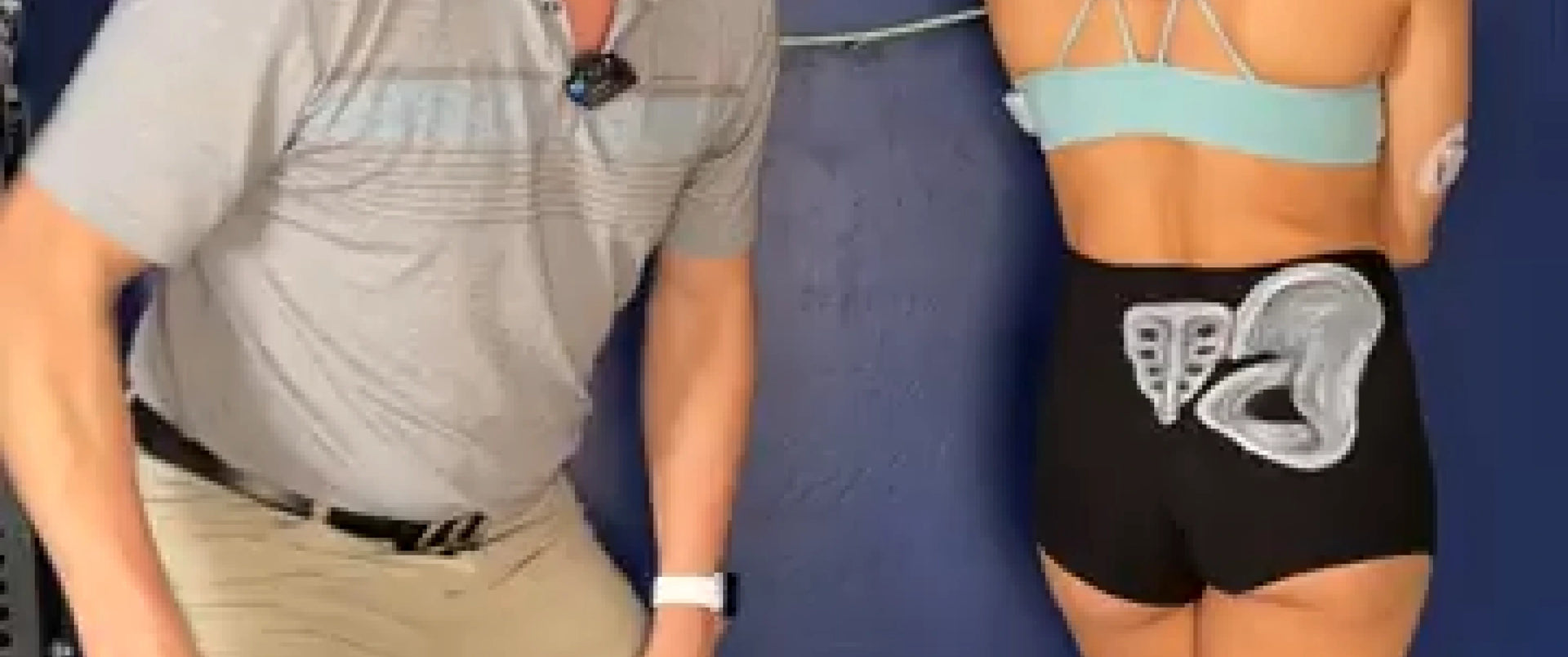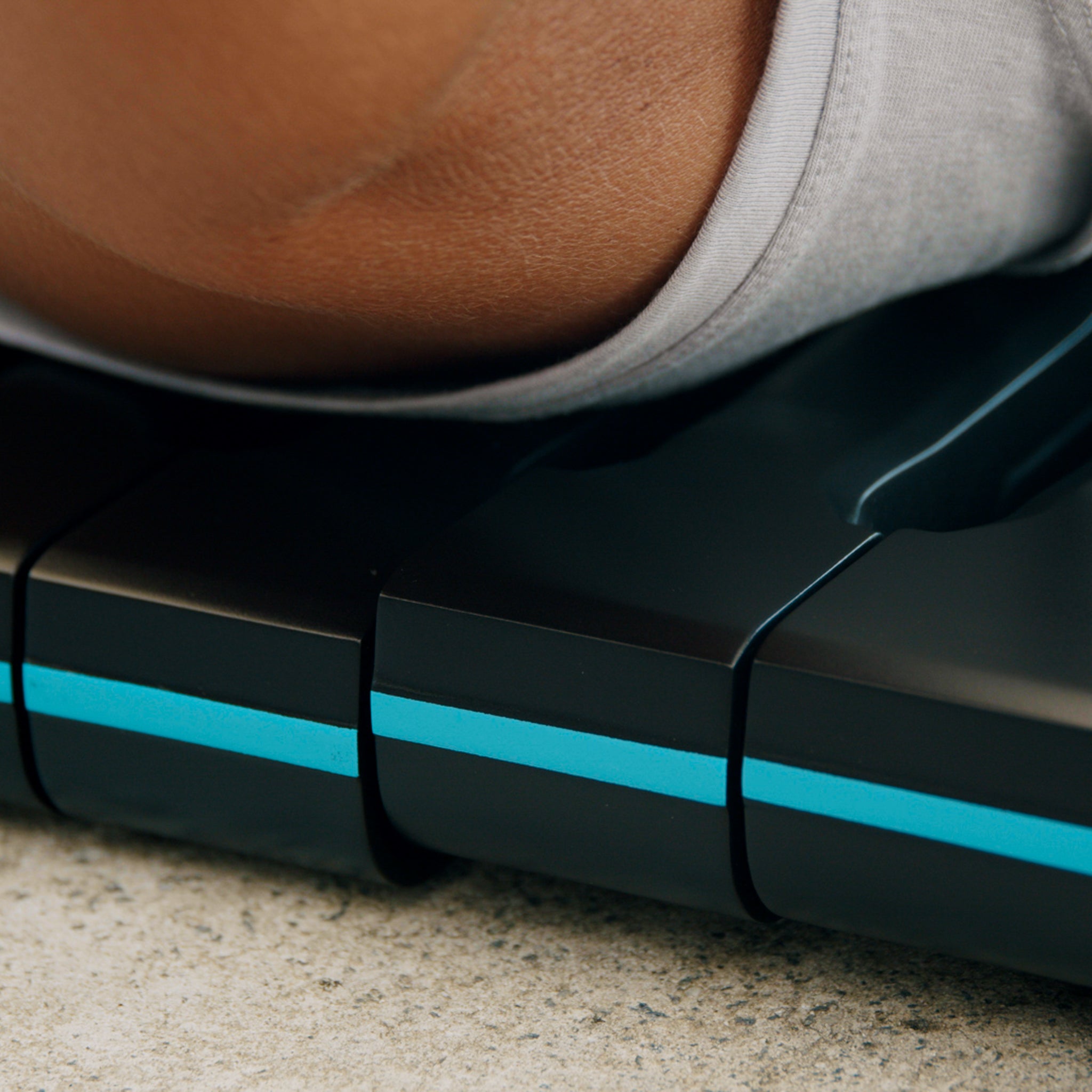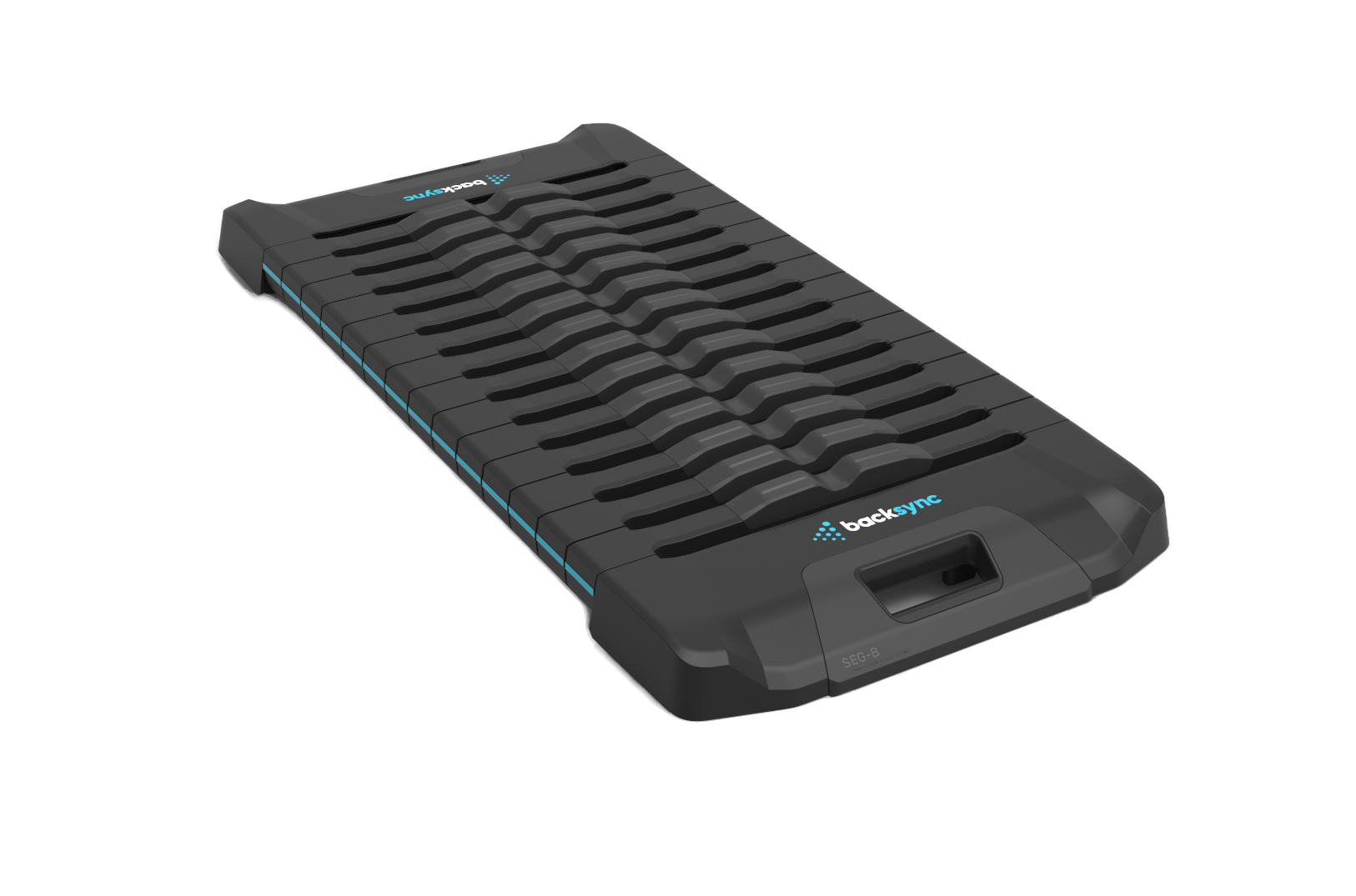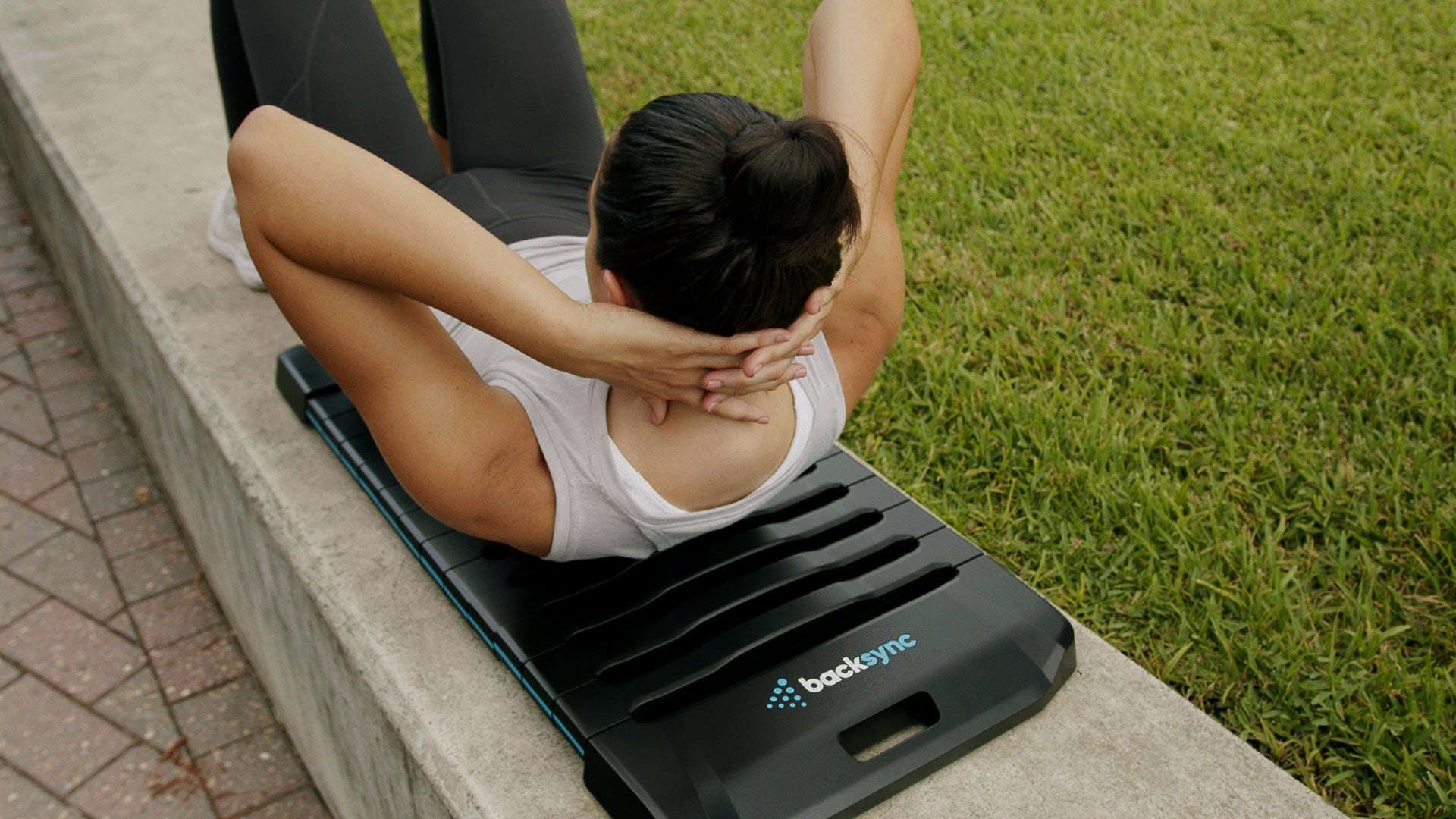SEG-B
Introducing the Backsync SEG-B®️, a groundbreaking device revolutionizing the way you approach spinal health, mobility, and control. Our innovative, patent-pending technology utilizes real-time auditory, tactile, and visual feedback to empower users with the tools to enhance their body awareness and proprioception through targeted exercises.
Invest in your spinal health and unlock your body's full potential with the Backsync SEG-B®️. Experience the difference and join the movement revolution today!








Tactile Feedback
The SEG-B's tactile feedback mechanism lets users feel each segment of their spine as they move, promoting awareness and control over spinal movements.Visual Feedback
Visual indicators on the SEG-B allow users to see their spinal alignment and movement patterns, enabling precise adjustments for optimal performance.Auditory Feedback
The SEG-B provides real-time auditory feedback through clicking sounds, helping users identify and correct improper spinal segmentation during exercises.Spinal Segmentation and Muscle Health
When we change the intent of spinal exercises—from moving the spine globally to moving it segmentally (one vertebra at a time)—we can target and strengthen the deeper, more intrinsic muscles of the spine such as the Multifidus. Strengthening these deeper muscles are essential for maintaining a healthy, resilient back that can move and perform optimally.
Improve Joint Mechanics
For proper spinal motion, each segment of the spine has to contribute a small amount of motion to the overall movement. In so doing, any loads being placed on the spine will be distributed across it evenly. If a person lacks segmentation ability in one or several areas of the spine, then the load will be placed solely on the segments that do move, which can result in spinal injury if they're overloaded.” — Dr. Andreo Spina
The Role of Biofeedback
Achieving proper spinal segmentation is challenging without real-time feedback. The SEG-B bridges this gap by providing auditory, tactile, and visual biofeedback during training. This feedback lets you know exactly how well each segment of your spine is moving, helping you identify areas that need improvement and allowing you to train with precision. It’s this precise control that unlocks the ability to properly engage the spine's deepest muscles for improved function, form, and injury prevention.









